Raw material price hikes discouraging feed producers
Producers of typical animal feed, such as maize, rice, soybeans, and cassava, have suffered losses, posing a challenge for policymakers who are already struggling with high inflation.
Nguyen Nhu So, chairman of feed production company Dabaco Group, said that in the past three months, the selling price of products could not increase significantly while the pandemic previously affected the entire livestock and poultry sector.
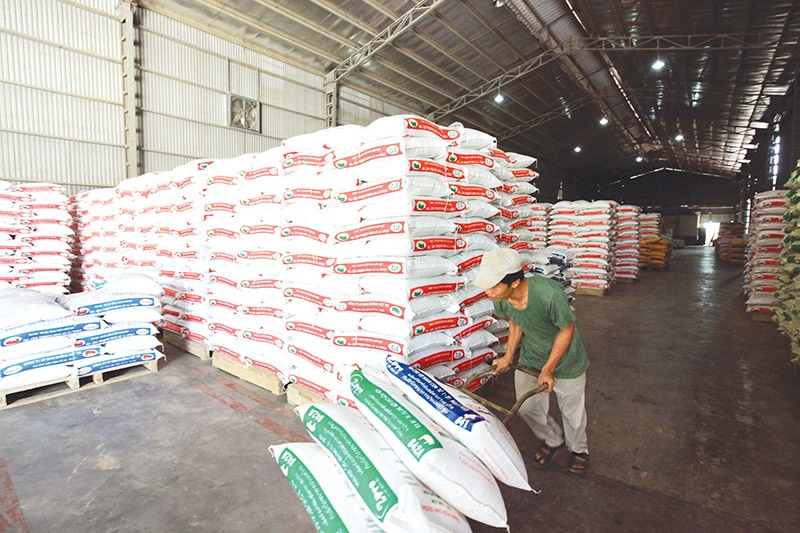 |
| Geopolitical conflicts and even drought in other nations are affecting price movements here, Duc Thanh |
“In 2022, Dabaco wants to make an after-tax profit of $39.9 million based on a live hog costing $2.52 per kg. However, the high price of feed ingredients pulled Dabaco’s after-tax profits in the first half of 2022 down more than 25 times compared to the same period last year,” So explained.
In Vietnam – Southeast Asia’s leading country in animal feed production with a total output of up to 20 million tonnes per year – some small producers are struggling to fulfil orders from the last three months as raw material prices were lower. In May, the average price of corn was $344 per tonne, as data from the General Department of Vietnam Customs (GDVC) showed.
Many small feed businesses are in short supply of raw materials because the transportation sector still faces difficulties due to disease control and high costs, leading to increased cost of feed ingredients by up to 30 per cent. Some other producers are trying to replace imported materials with cheaper domestic ones.
The complicated developments of the Russia-Ukraine war also affect the supply chain of raw materials for animal feed production in Vietnam – where there are 265 factories, including 89 foreign-invested ones – provide almost 60 per cent of all feed for domestic and export livestock enterprises and households, according to the Department of Livestock Production under the Ministry of Agriculture and Rural Development (MARD).
Tong Xuan Chinh, deputy director of the department, said the price of raw materials will continue to increase until the end of 2022.
“Vietnam’s animal feed industry is very dependent on imported materials. Out of a total of 35 million tonnes of feed ingredients used domestically every year, Vietnam is only self-sufficient for about 13.1 million tonnes, accounting for merely 37 per cent. The rest has to be imported,” Chinh said.
In the first six months of 2022, Vietnam imported corn at an average price of $353 per tonne, $86 higher than the average price in the same period of 2021, according to the GDVC.
In 2021, Vietnam spent $10 billion importing animal feed materials, of which the production of pig feed accounted for 55.7 per cent, poultry 40.6 per cent, and the rest for other livestock.
According to Chinh, Vietnam has only 942 hectares of corn growing area as raw materials for animal feed production, which even tends to decrease. Son La, the province that used to have the largest corn area in the north, has switched to fruit trees, causing a significant impact.
Many producers are expecting that the price may continue to weaken in the near future as the price of corn at Vung Tau Port in the south has dropped to 34 US cents per kg. According to the Commodity Exchange of Vietnam, drought in the United States is still a factor to watch out for in the next two months, the most important period of crop development. If the heat condition in the US Midwest does not improve, corn and soybean yields face the risk of decline and lower yields than currently forecast. This situation may make agricultural products continue to stay anchored at the current price range and render it difficult to drop lower than the same period last year.
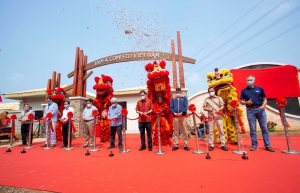 | Japfa Vietnam inaugurates new fattening swine farm in southern region On March 14, Japfa Comfeed Vietnam Co., Ltd inaugurated a 48,000-head swine farm in Phu Rieng district in the southern province of Binh Phuoc. |
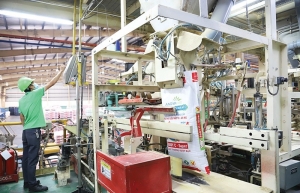 | Farmers squeezed out by feed giants Spiralling prices for animal feed are forcing livestock farmers to abandon their own production and shift towards becoming contract-based suppliers of husbandry companies, raising doubts over their plans to dominate the market. |
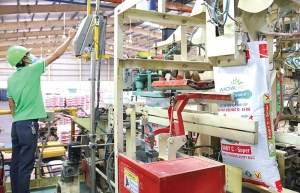 | Feed producers seek alternative sources to save on costs Many animal feed producers in Vietnam are snapping up domestic rice to replace imported equivalents, in the context of the rocketing increase in material prices and supply shortages. |
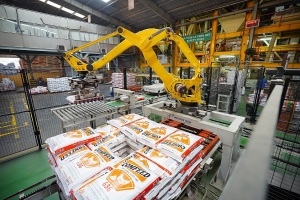 | Japfa Vietnam pioneers modern, green feed factories chain Japfa Vietnam shines with large-scale facilities surrounded by lots of clean and green scenery, all of which use state-of-the-art technology and with automated production lines. |
What the stars mean:
★ Poor ★ ★ Promising ★★★ Good ★★★★ Very good ★★★★★ Exceptional
Related Contents
Latest News
More News
- Businesses ramp up production as year-end orders surge (December 30, 2025 | 10:05)
- Vietjet chairwoman awarded Labour Hero title (December 29, 2025 | 13:06)
- How to unlock ESG value through green innovation (December 29, 2025 | 10:03)
- AI reshapes media and advertising industry (December 29, 2025 | 08:33)
- FPT and GELEX sign deal to develop blockchain tech for global markets (December 29, 2025 | 08:29)
- Vietnam’s GDP forecast to grow by 9 per cent in 2026 (December 29, 2025 | 08:29)
- Women entrepreneurs are key to Vietnam’s economic growth (December 29, 2025 | 08:00)
- Vietnam's top 500 value-creating enterprises announced (December 27, 2025 | 08:00)
- The PAN Group shaping a better future with ESG strategy (December 26, 2025 | 09:00)
- Masan Consumer officially lists on HSX, marking the next phase of value creation (December 25, 2025 | 13:20)

 Tag:
Tag:





















 Mobile Version
Mobile Version